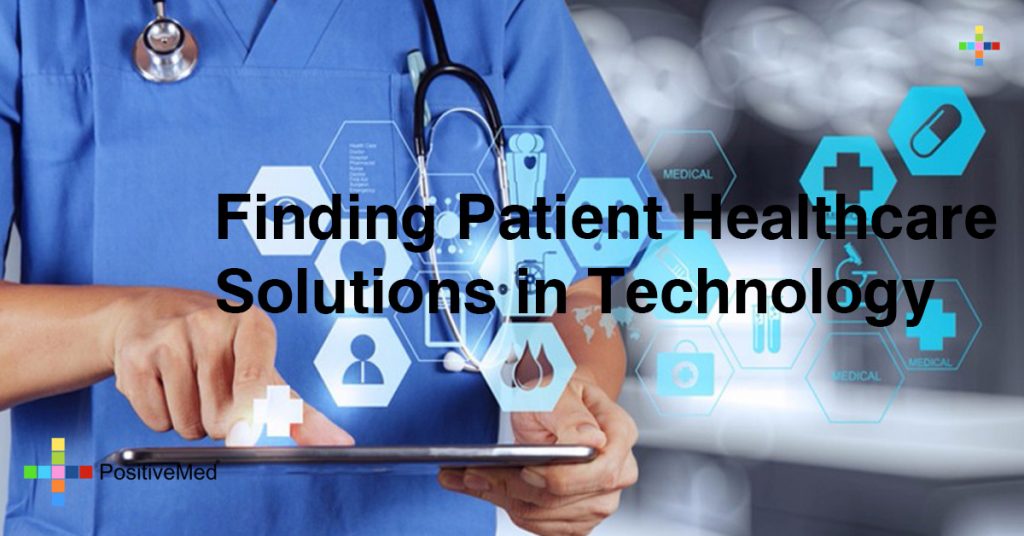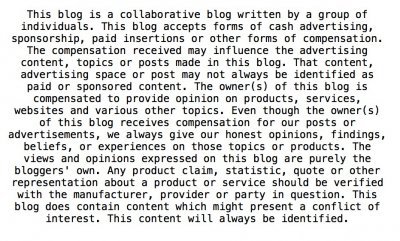In this busy digital, constantly connected age, people have become more knowledgeable and aware of their choices. They have come to expect better medical care when they experience whatever health issues come their way. This shift in patient expectations means health care providers must adapt to the times, and make their patient satisfaction a priority.

In response, several healthcare technology solutions have been introduced, such as app-enabled patient portals, but quite often, these tools serve only as data repositories — not utilized by doctors or the patients they are supposed to be helping. Yet, some physicians are eager and willing to adopt new patient technology. According to the 2016 HIMSS Connected Health Survey, 52 percent of healthcare IT professionals use a minimum of three connected health devices with their patients. Technology such as mobile health, CRM programs, and Telehealth can if utilized properly, greatly improve patient communication, engagement, and loyalty within the health system.
HIMSS Director of Healthcare Information Systems, Tom Martin, states, “The Connected Health findings illustrate the importance of interactive relationships between physicians and individuals and technology as a means to advance comprehensive health and healthcare.”
When it comes to successful patient interaction, it is critical to reach the right audience with an effective message, using the best channels. Technology can make this easier for health programs to accomplish. However, a good physician-patient relationship is still necessary to create real patient engagement.
Types of Healthcare Technology
Patient Portals
Patients often complain about the hard time they have trying to reach their doctors. This is where portals offer a solution. Patients and providers can communicate with one another through a secure website via the use of Patient Portals. This technology provides patients with online appointment scheduling software, the ability to pay their bills, and the opportunity to read test results from the comfort of their home. However, successful adoption of patient portals will take money and time to accomplish. Furthermore, some patients are hesitant to use this technology, due to worries about privacy, forgetting their passwords, not being computer savvy or simply not having an understanding of the reason for using patient portals. So it is important to note that for this software to be successful, physicians need to discuss how to use the technology and the possible benefits it can provide, such as easy appointment scheduling, refills for medications and easier access to health records.
Mobile Health
With the widespread use of smartphones now, especially by younger individuals, providers have started to take advantage of this technology by introducing mobile apps and other mHealth options for their patients. A recent survey shows that 71 percent of millennial patients would utilize mobile apps to share health information, book appointments and manage preventive care. Using mHealth options allows physicians to better connect, communicate and develop a relationship with patients.
Telehealth
Many health systems are providing Telehealth options to appeal to a larger group of patients. Telehealth provides a wide range of healthcare services given at a distance through video consultations. It comes as no surprise that 70 percent of patients are comfortable communicating with providers via video, email or text, rather than visiting them for an in-person appointment because 30 percent of patients already use computers or mobile devices to check for diagnostic or medical information. Hospitals utilize Telehealth systems to provide better patient care and satisfaction.
CRM Platform
As a data hub that compiles and analyzes health records, consumer information, and financial data, CRM Platforms can assist healthcare providers in targeting at-risk patients by providing the right information at the right time. Having access to this type of information can allow doctors to target specific people based on lifestyle, customer preferences and demographics. It helps physicians with sending out the right messages through the best channels in order to induce positive behavior changes in patients throughout their entire lifecycle.
All of these systems are important and useful. However, although these medical technologies have the ability to improve the patient and physician relationship, consequently improving patient experience and health status, they aren’t the complete and only solution needed. They still have their limitations. Physicians must continue to work on fostering great patient relationships. Regardless of using Telehealth, mHealth, CRM or patient portals, the personal touch is still very necessary. These technologies simply enhance the patient experience.







